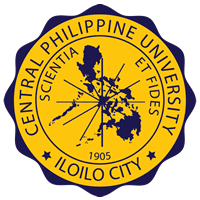By Manny C. Palada, PhD
Q. How much Moringa leaves should you eat?
A. One half cup cooked leaves will meet day’s need for Vitamins A and C. One half cup pods, raw, will supply Vitamin C need for the day.
Q. Do Moringa leaves have any negative side effects?
A. Moringa leaves have not been found to be toxic.
Extensive health and safety studies conducted in Medical Research Center in Ghana determined that Moringa leaf powder has no toxic elements. No adverse side effects from even the most concentrated Moringa diet were observed.
The outstanding nutritional value of Moringa makes it a highly essential plant to combat under-nutrition especially in poor developing countries. Despite the fact that no rigorous clinical trial has investigated its efficacy for treating malnutrition and a variety of illnesses, the adoption of moringa continues to increase.
Considered as a miracle tree, Moringa has many uses. Almost all parts of moringa are used for nutritional, medicinal, agricultural and industrial purposes. The leaves, fruits and seeds are the most valued parts of moringa. There are many potential uses of moringa that are not yet fully explored. For example, seeds contain oil used for cooking and cosmetics. The moringa oil is comparable with olive oil which demands high market value. Powder from seeds is also used for water purification. Extracts from leaves are also used for organic fertilizer as well as plant growth hormone and stimulant.

